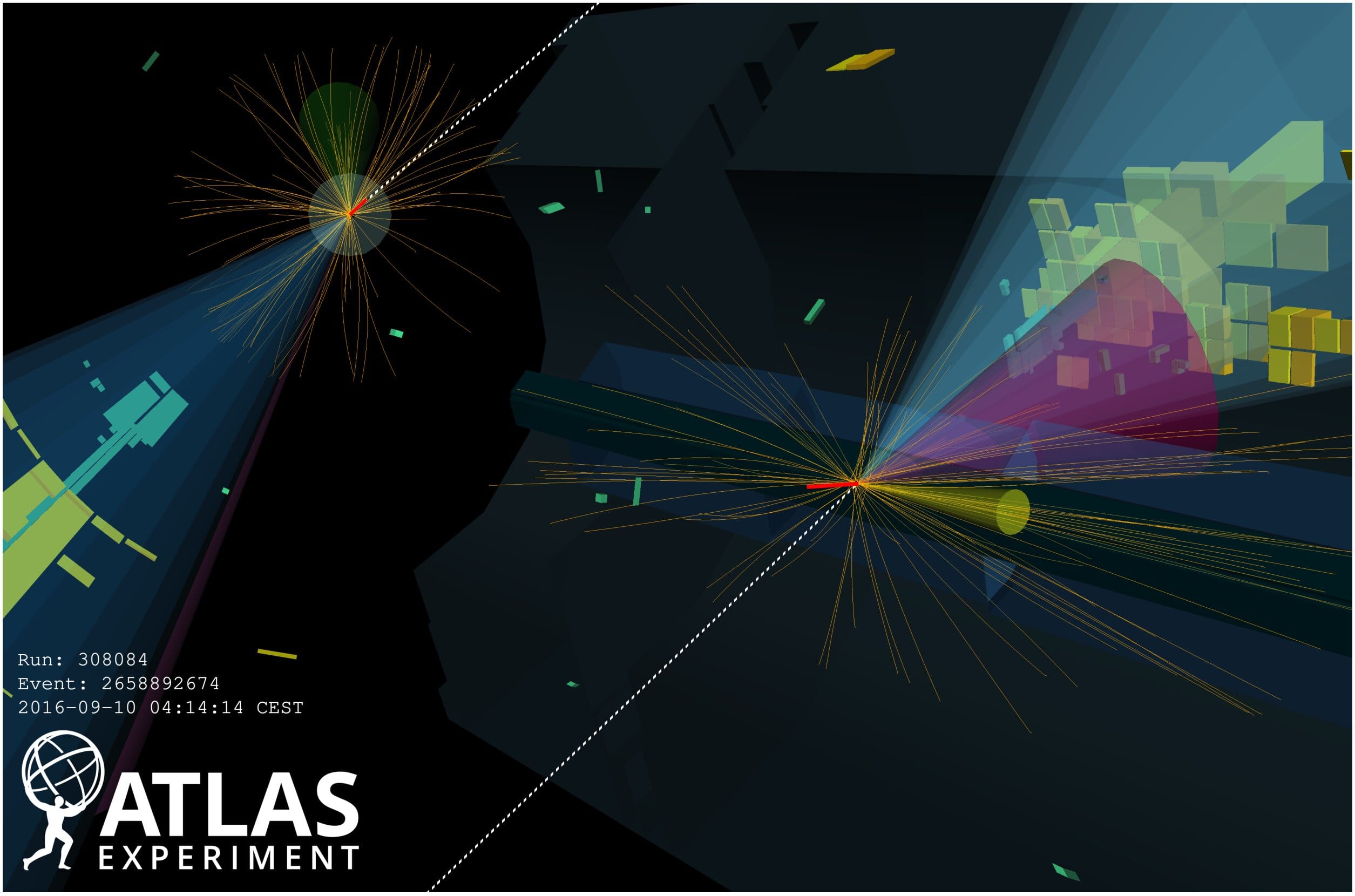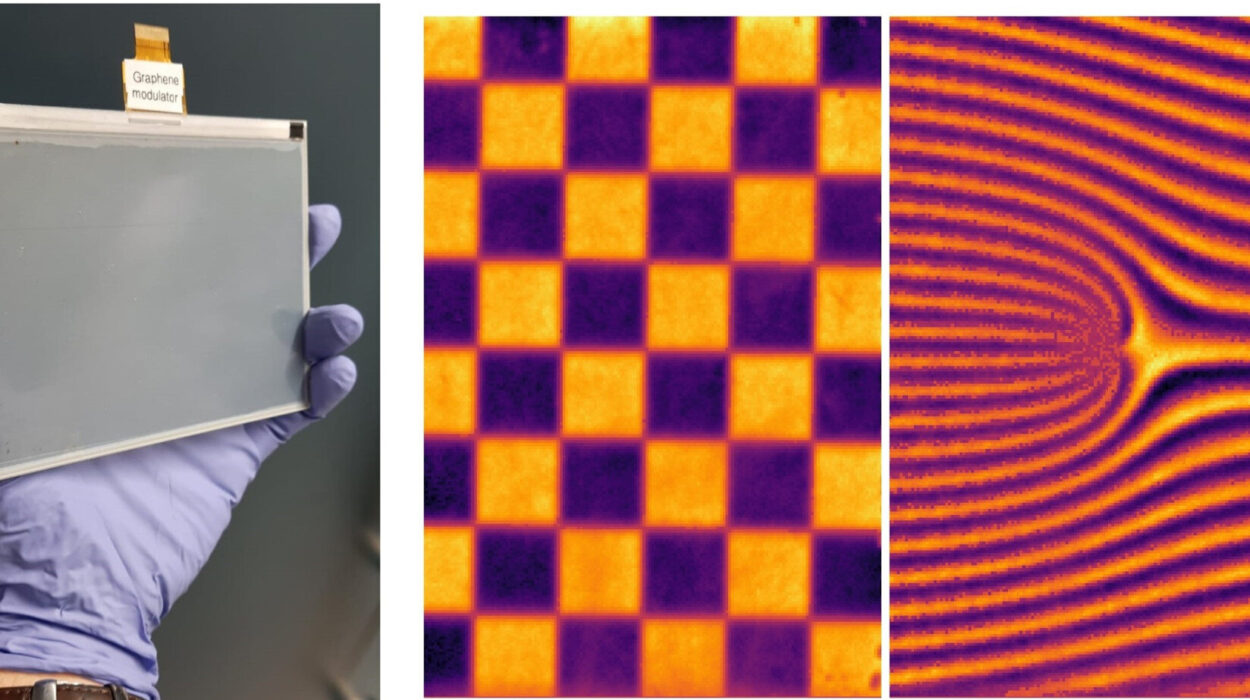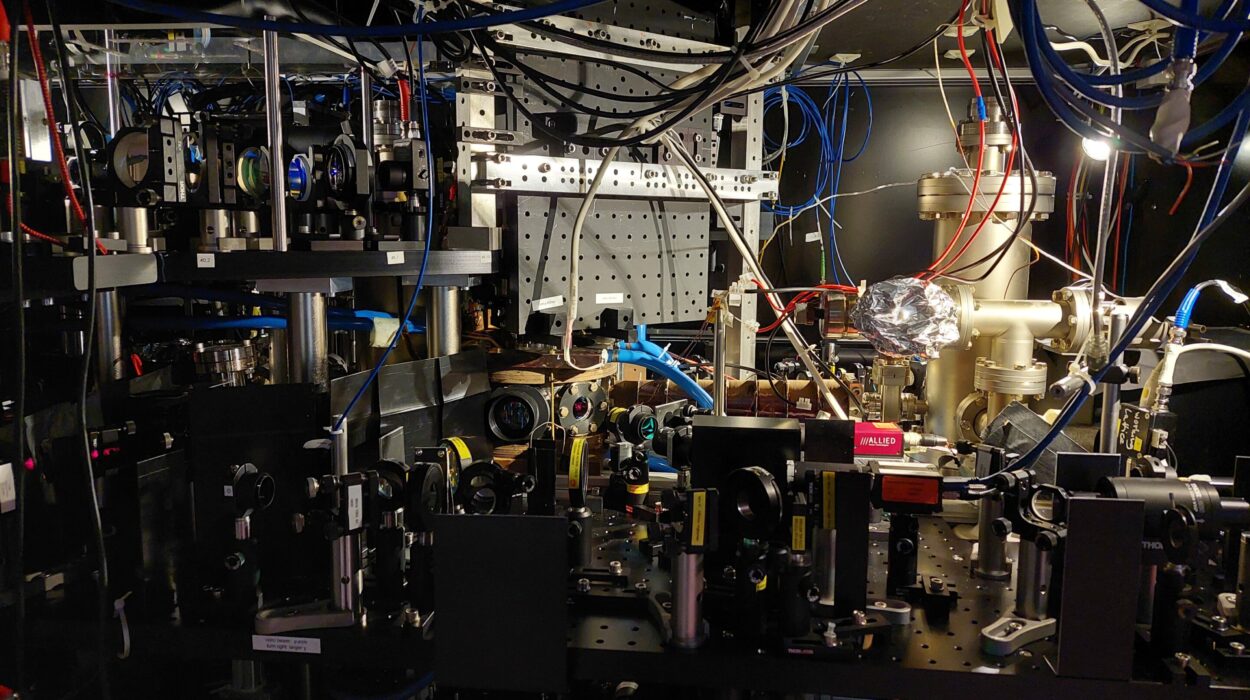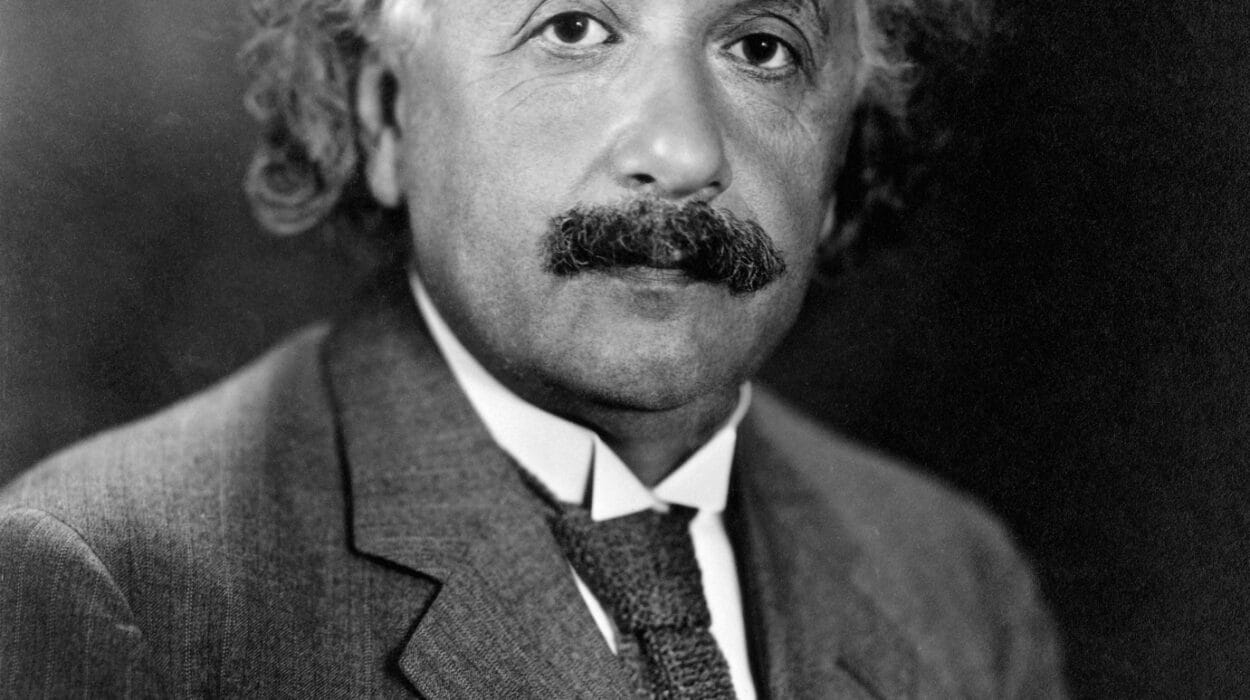In the hidden corridors of CERN’s Large Hadron Collider (LHC), protons scream around a ring 17 miles long, smashing into each other at near light-speed. Sparks of pure energy blossom into particles that haven’t existed since the universe was seconds old. For decades, physicists have hunted these fleeting flashes for answers to the deepest mysteries of the cosmos. But now, a new theoretical clue suggests the next breakthrough might not just illuminate the dark—it could shake the very foundations of physics itself.
A team of researchers, led by Jonathan Heckman of the University of Pennsylvania, has identified a single, exotic particle that—if discovered—would spell disaster for string theory, one of the most ambitious ideas in modern physics. In a recent paper published in Physical Review Research, Heckman and his Ph.D. student Rebecca Hicks argue that this elusive particle simply doesn’t fit in string theory’s cosmic puzzle. Find it, and one of physics’ grandest dreams could unravel.
Yet this particle might also hold the key to the universe’s most profound secret: the nature of dark matter.
A Tale of Two Theories
Physics today stands on two colossal pillars, towering but separate. One is the Standard Model, a mathematical masterpiece describing every known fundamental particle and three of nature’s forces: electromagnetism, the strong nuclear force, and the weak nuclear force. This is the realm of quarks and electrons, neutrinos and photons—a universe where particles are tiny point-like dots dancing to quantum rules.
The other pillar is Einstein’s general relativity, which explains gravity and the shape of space and time itself. In this view, mass bends spacetime like a bowling ball warps a rubber sheet, causing planets to orbit stars and apples to fall to Earth.
But these two pillars don’t mesh. Quantum mechanics sees forces as particle fields, vibrating with uncertainty. General relativity sees gravity as smooth geometry, continuous and curving. Put them in the same room, and the equations break down.
Physicists crave a unifying theory—a single framework reconciling gravity with the quantum world.
String Theory: Elegant and Elusive
String theory offers an enticing solution. Instead of point-like particles, it proposes that all fundamental matter and forces are tiny vibrating strings. Like violin strings, different vibrational patterns create different particles—electrons, quarks, even a hypothetical particle that carries gravity, the graviton.
The elegance is breathtaking. A single set of equations might explain every particle, every force, the entire universe.
But there’s a problem. “One of the drawbacks of string theory is that it operates in high-dimensional math and a vast ‘landscape’ of possible universes,” says Heckman. “It’s fiendishly difficult to test experimentally.”
In fact, string theory requires extra spatial dimensions—six or seven beyond the familiar three of length, width, and height—curled up so tiny they’re invisible to any microscope. And the unique physics of strings only emerges at energies far beyond anything we can generate, even in the LHC.
“It’s like looking at a rope from far away,” Hicks explains. “At lower energies, it seems like a single line. But zoom in, and you’d see the twisting fibers. That’s the difference between seeing particles as points and seeing them as strings.”
Flipping the Question: What Can’t String Theory Handle?
For decades, physicists have searched for evidence confirming string theory. But Heckman’s team flipped the question: instead of asking what string theory predicts, they asked what it forbids. Could there be a particle whose very existence string theory simply can’t accommodate?
It turns out there might be.
At the heart of this mystery lies the way particles group into “families.” In the Standard Model, certain particles come as pairs, called doublets. Think of the electron and its ghostly partner, the electron neutrino. String theory has no trouble producing such pairs.
But Heckman and Hicks uncovered a mathematical family that string theory conspicuously fails to produce: a five-member particle group known as a “5-plet.”
“It’s like trying to order a Whopper meal at McDonald’s,” Heckman jokes. “No matter how creatively you search the menu, it never materializes.”
Meet the Mysterious 5-Plet
So, what is this 5-plet?
“It’s an expanded version of the doublet,” explains Hicks. “Instead of two related particles, it’s a package of five.”
Physicists describe this family with mathematical expressions called Lagrangians—the ultimate recipe books for how particles behave. The 5-plet includes particles called Majorana fermions, which are their own antiparticles. Imagine a coin with heads on both sides—that’s a Majorana fermion.
If a 5-plet particle appeared in LHC data, it would be the ultimate party-crasher for string theory.
“Finding a 5-plet would fundamentally contradict what current string theory models predict,” says Hicks. “It’s a high-stakes test.”
A Vanishing Act in the Collider
So far, no 5-plet has been seen—but that might not mean it’s absent. It could simply be hiding in the shadows of high-energy collisions.
Two major obstacles stand in the way: making it, and spotting it.
First, the particle might be extremely heavy—possibly ten thousand times the mass of a proton. Creating such a hefty object requires colossal energy, which means the LHC has to slam protons together harder than ever before.
Second, even if created, the 5-plet is tricky to detect. The heavier states decay rapidly into lighter particles—a soft pion and a mysterious neutral particle called X0. The pion is so low-energy it might slip beneath detection thresholds, while the X0 ghosts through the detectors without leaving a trace.

“The result is a track that vanishes mid-detector, like footprints in snow that suddenly stop,” Hicks says.
But physicists have an ace up their sleeve. The LHC’s detectors, ATLAS and CMS, are designed to catch these disappearing tracks. “We’re looking for signals where something starts off charged, then just vanishes,” says Hicks. “That’s a telltale clue.”
A Dark Matter Connection
Spotting a 5-plet would be monumental for another reason—it could help solve the mystery of dark matter.
Dark matter is the unseen mass that holds galaxies together, outweighing visible matter five to one. Yet no one knows what it is.
“If the neutral member of the 5-plet weighs around 10 TeV—about 10,000 proton masses—it neatly fits theories about dark matter’s formation after the Big Bang,” Hicks says. Even lighter 5-plets could contribute to dark matter’s cosmic puzzle.
“If we detect a 5-plet, it’s a double win,” says Hicks. “We’d have disproven key predictions of string theory and simultaneously uncovered new clues about dark matter.”
Where the Hunt Stands Now
So far, the LHC hasn’t glimpsed a 5-plet. Heckman’s team scoured existing data, repurposing searches originally designed for hypothetical particles called charginos. They found no evidence—pushing the minimum mass of a 5-plet to at least 650–700 GeV, about five times heavier than the Higgs boson.
But the search is far from over. Future collider upgrades will smash protons together with even greater ferocity, probing deeper into the energy frontier.
“We’re not rooting for string theory to fail,” Hicks emphasizes. “We’re stress-testing it, applying more pressure to see if it holds up.”
Heckman agrees: “If string theory survives, fantastic. If it snaps, we’ll learn something profound about nature.”
In the end, physics isn’t just about confirming cherished theories—it’s about finding out what the universe will—or won’t—allow. Somewhere in the labyrinthine data of the LHC, a particle might be waiting that could shatter string theory’s elegant symmetry—and light the way to the universe’s darkest secrets.
Reference: Matthew Baumgart et al, How to falsify string theory at a collider, Physical Review Research (2025). DOI: 10.1103/PhysRevResearch.7.023184






